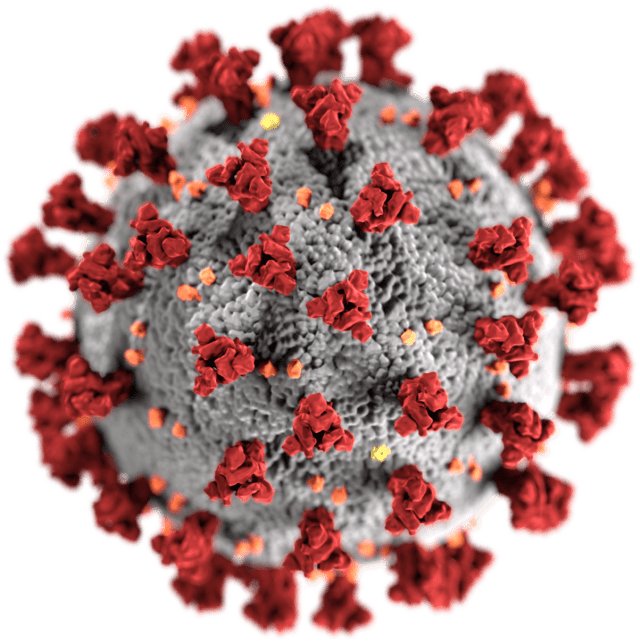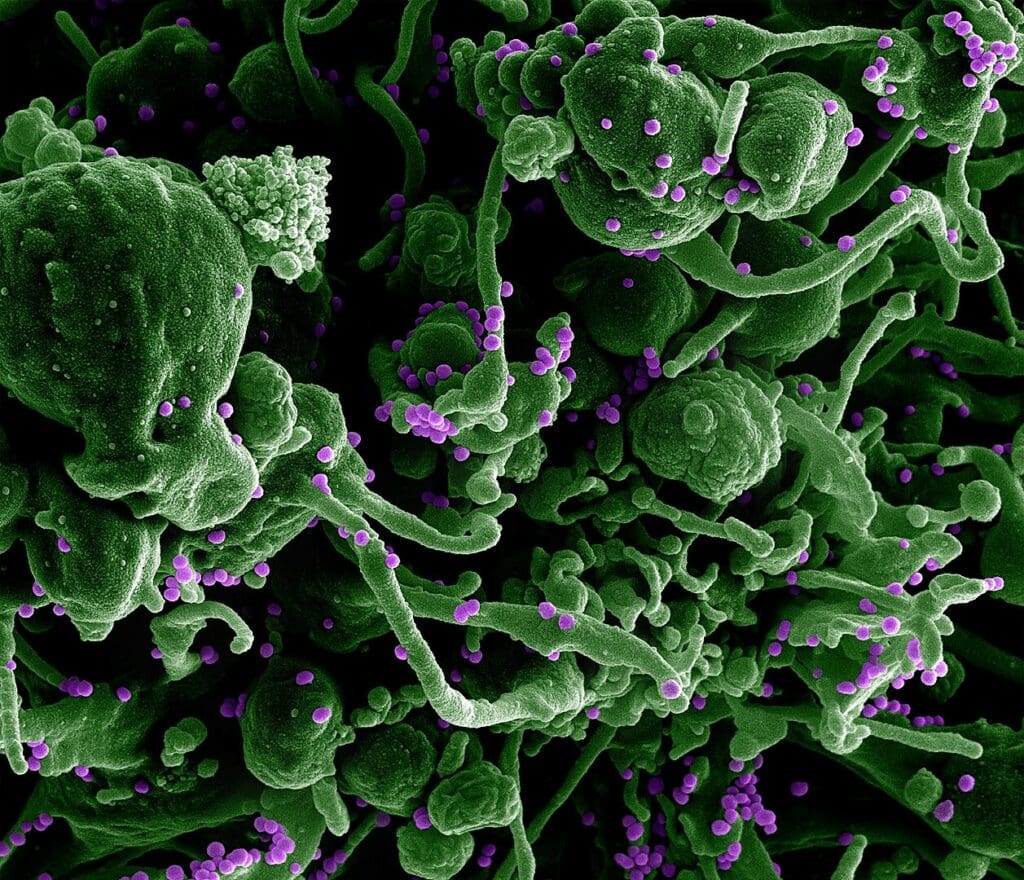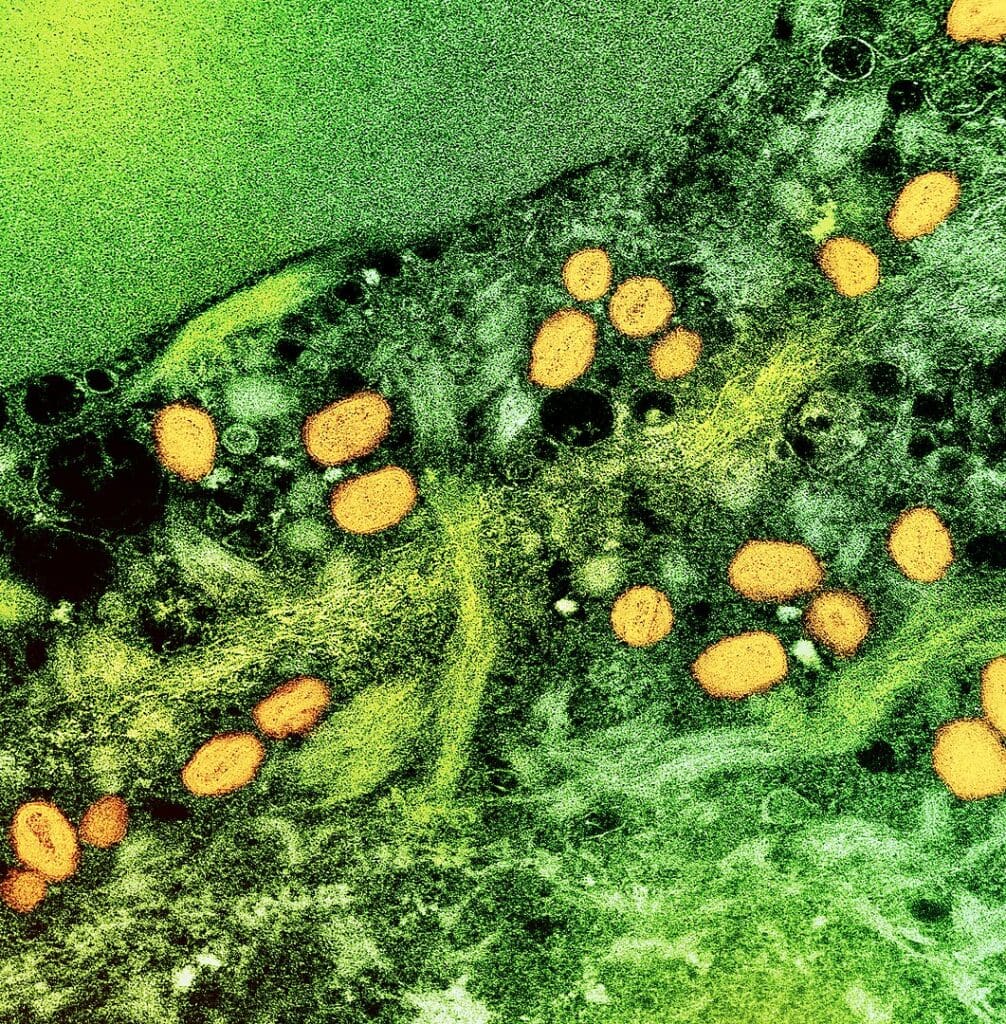Top 10 Things You Didn’t Know About Viruses
Viruses, though invisible to the unaided eye, wield considerable influence and have long piqued the curiosity of both the scientific community and the general public.
Their reputation as disease-causing agents only scratches the surface of their intricate and often bewildering characteristics, which extend into vital roles within ecosystems, evolution, and human history.
While viruses are famed for their capability to infect and manipulate living organisms, these microscopic entities harbor a wealth of complexity that transcends initial perception.
Beyond their potential for causing havoc, viruses exhibit intricate structures, unique life cycles, and evolutionary narratives that continue to perplex scientists.
This illuminating article embarks on a journey into the mysterious realm of viruses, unveiling an array of astonishing aspects that defy conventional comprehension.
1. The term ‘virus’ was coined by Dutch scientist Christian Gottfried Ehrenberg

Eduard Radke, ca. 1855, Public domain, via Wikimedia Commons
The term “virus” was coined by the Dutch scientist Christian Gottfried Ehrenberg. He used the term in the early 19th century, specifically in 1828, to describe infectious agents.
Ehrenberg’s pioneering work focused on microscopic organisms, and he recognized that certain diseases were caused by these minuscule entities, which he called “virus”.
His use of the term marked a crucial step in the early understanding of infectious agents, though the full nature and complexity of viruses were not comprehended until later in the 19th and 20th centuries as scientific research on virology advanced.
2. The name virus was derived from the Latin word “virus” which means “poison”
The term “virus” has its origins in the Latin word “virus,” which indeed means “poison” or “toxin.” The word was historically used to describe any infectious agent capable of causing illness.
When the concept of infectious agents smaller than bacteria, such as viruses, was discovered in the late 19th century, the term “virus” was applied to these new entities due to their ability to infect and harm living organisms.
Over time, the understanding of viruses evolved, but their name retained its association with poison, reflecting their often harmful effects on host cells.
3. Viruses are not alive

CDC/Dr. Erskine Palmer, Public domain, via Wikimedia Commons
Viruses are not considered living organisms. Unlike living cells, viruses lack the essential cellular machinery required for metabolic processes and independent reproduction. Instead, viruses are essentially genetic material (either DNA or RNA) encased in a protein coat.
They can only replicate and multiply by infecting a host cell and hijacking its cellular machinery. Viruses exist in a state between living and non-living entities, as they exhibit some life-like behaviors, such as replication and mutation, but cannot carry out the fundamental functions of life autonomously, such as metabolism or independent growth.
4. They existed long before complex life forms
Viruses existed long before complex life forms. Viruses are ancient and have been infecting various forms of life for billions of years. They likely originated alongside the earliest cellular life forms, possibly preceding them.
Viruses are simple genetic entities that can replicate only within host cells, making them highly adaptable and pervasive throughout evolutionary history.
They played a role in shaping the diversity and evolution of life on Earth by transferring genetic material between organisms, influencing genetic diversity, and potentially even contributing to the emergence of complex life forms.
5. Viruses can infect all types of living organisms
Viruses can infect a wide range of living organisms. They are incredibly diverse and have evolved to target specific host cells. They infect not only animals and humans but also plants, bacteria, archaea, and even other viruses.
Their ability to infect such a broad spectrum of life forms is due to the unique mechanisms by which they recognize and interact with host cells.
This adaptability allows viruses to constantly evolve and cross species boundaries, posing challenges for disease control and sometimes leading to zoonotic events, where viruses jump from animals to humans, as seen in various infectious diseases throughout history.
If you’re interested in learning more about genetics and specifically about Fragile X Syndrome, click here for a comprehensive overview of this genetic condition. Explore 20 key facts that provide valuable insights into this important area of genetic research and its impact on individuals and families.
6. They can carry genetic material in various forms
Viruses can carry genetic material in various forms. They exist in multiple genetic configurations, including DNA and RNA, single-stranded or double-stranded molecules.
This genetic material can be linear or circular. Some viruses even have segmented genomes. These diverse genetic structures enable viruses to infect a wide array of host organisms and adapt to different cellular environments.
When a virus infects a host cell, it uses its genetic material to hijack the host’s cellular machinery, facilitating viral replication. This genetic versatility contributes to the ability of viruses to evolve rapidly and adapt to changing environments, which makes them formidable pathogens.
7. The largest virus known to science is called Giant Mimivirus

Sarah Duponchel and Matthias G. Fischer, CC BY-SA 4.0, via Wikimedia Commons
The largest virus known to science is called Mimivirus. The Mimivirus is indeed exceptionally large for a virus, with a genome that can be more massive than some bacteria.
Its size, complex genetic makeup, and the presence of various cellular-like structures challenged conventional notions of what constitutes a virus.
Mimiviruses are part of a group known as nucleocytoplasmic large DNA viruses (NCLDVs), and their discovery has expanded our understanding of viral diversity and evolution, highlighting the intriguing complexity of these microscopic entities that blur the lines between viruses and cellular life.
8. The first human virus was discovered in 1901
The first human virus to be discovered was the yellow fever virus in 1901. It was discovered by Walter Reed and his team of researchers in Cuba.
They found that the virus was transmitted by mosquitoes, and this discovery led to the development of a vaccine for yellow fever.
9. Viruses can be used to create new drugs
Viruses can be used to create new drugs. This innovative approach is known as viral vector therapy, where modified viruses are employed as delivery vehicles for therapeutic genes.
These modified viruses can target specific cells in the body and introduce beneficial genetic material, potentially treating various genetic disorders and diseases, including certain types of cancer.
Additionally, bacteriophages, viruses that infect bacteria, have been studied for their potential to combat bacterial infections. While viral vectors hold great promise, their use also raises safety concerns, necessitating rigorous research and clinical trials to harness their therapeutic potential effectively.
Virus-creating drugs is not a new thing. If you’re eager to learn more about the Smallpox Vaccine and its pioneering inventor, click here for an in-depth exploration of this crucial medical milestone and the brilliant mind behind it.
Delve into the history and significance of this life-saving vaccine, and gain a deeper understanding of its impact on global health.
10. Viruses are the most abundant biological entities on Earth
Viruses are indeed among the most abundant biological entities on Earth. They exist in staggering numbers, estimated to outnumber all other life forms, including bacteria and fungi, by a factor of 10 to 1.
Viruses can be found in virtually every environment, from the depths of the ocean to the soil and even within the human body. Their sheer abundance plays a crucial role in ecological processes, such as nutrient cycling and shaping microbial communities.
While many viruses are pathogenic, causing diseases, the majority are harmless to humans and contribute to the complexity of ecosystems.
Delving into the intricate world of viruses reveals a myriad of fascinating and often surprising facts. From their ancient origins to their astounding diversity, viruses play an indispensable role in the natural world. Understanding their intricacies not only deepens our appreciation for the complexity of life but also underscores the importance of scientific research and public health efforts.
If you’re intrigued by uncovering more mysteries and exploring the world of Famous and popular Conspiracy Theories, click here to embark on a journey through some of the most intriguing and debated narratives that have captured the imagination of people around the globe.
Planning a trip to Paris ? Get ready !
These are Amazon’s best-selling travel products that you may need for coming to Paris.
Bookstore
- The best travel book : Rick Steves – Paris 2023 – Learn more here
- Fodor’s Paris 2024 – Learn more here
Travel Gear
- Venture Pal Lightweight Backpack – Learn more here
- Samsonite Winfield 2 28″ Luggage – Learn more here
- Swig Savvy’s Stainless Steel Insulated Water Bottle – Learn more here
Check Amazon’s best-seller list for the most popular travel accessories. We sometimes read this list just to find out what new travel products people are buying.












